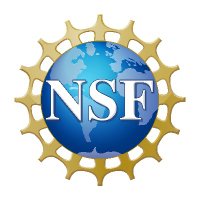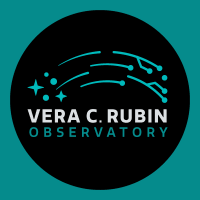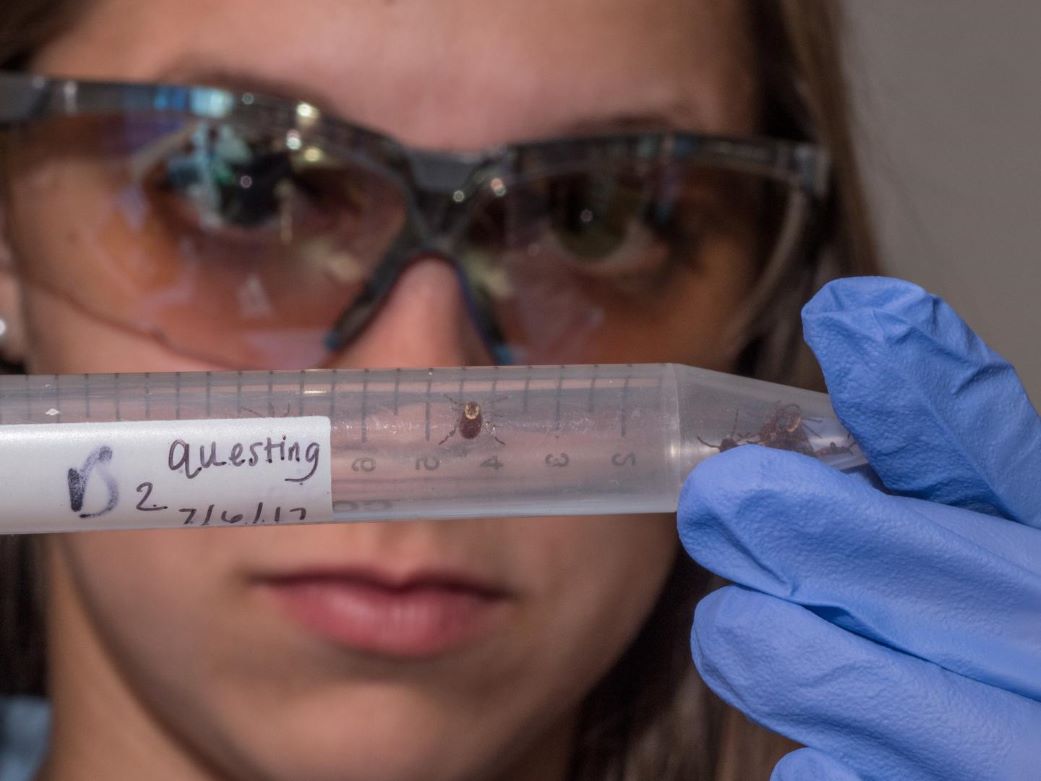
U.S. National Science Foundation
@nsf
Explore #NSFfunded research that is transforming the world. Social media policy: bit.ly/3jo7Ky7
ID: 16245822
http://nsf.gov 11-09-2008 19:15:12
23,23K Tweet
1,2M Takipçi
148 Takip Edilen


U.S. National Science Foundation–DOE Office of Science Rubin Observatory is about to do something never done before: #CaptureTheCosmos with a 3200-megapixel image every 40 seconds, all night, every night, for 10 years. That's 60 petabytes just in raw images! How do you handle that much data? rubinobservatory.org/news/rubin-dat…






🚨SAVE THE DATE: The world's first look at images from U.S. National Science Foundation– DOE Office of Science Rubin Observatory is coming June 23, 2025. Get ready for a preview of how Rubin will soon #CaptureTheCosmos in its decade-long survey. More details soon — stay up to date at bit.ly/4k7m3l4.




A team of NSF-supported researchers at UC San Diego is leveraging supercomputers to tackle challenges with preeclampsia, offering insights into diagnoses and potential treatments for the disease. bit.ly/4mEobmd



Scientists use volcanic ash to track eruption behavior. 🌋 An #NSFfunded study led by Queens College | The City University of New York found that subtle changes in magma composition may drive tremors during eruptions, offering a powerful new monitoring tool. bit.ly/3HJ5cGU 📷: Marc-Antoine Longpré, Queens College | The City University of New York



🚨 10 MILLION ALERTS INCOMING 🚨 @nsf-DOE Office of Science Rubin Observatory will repeatedly image the entire visible night sky, alerting scientists to changes in the brightness or positions of billions cosmic objects. There'll be up to 10 million alerts every night! We can't wait! 🔭




